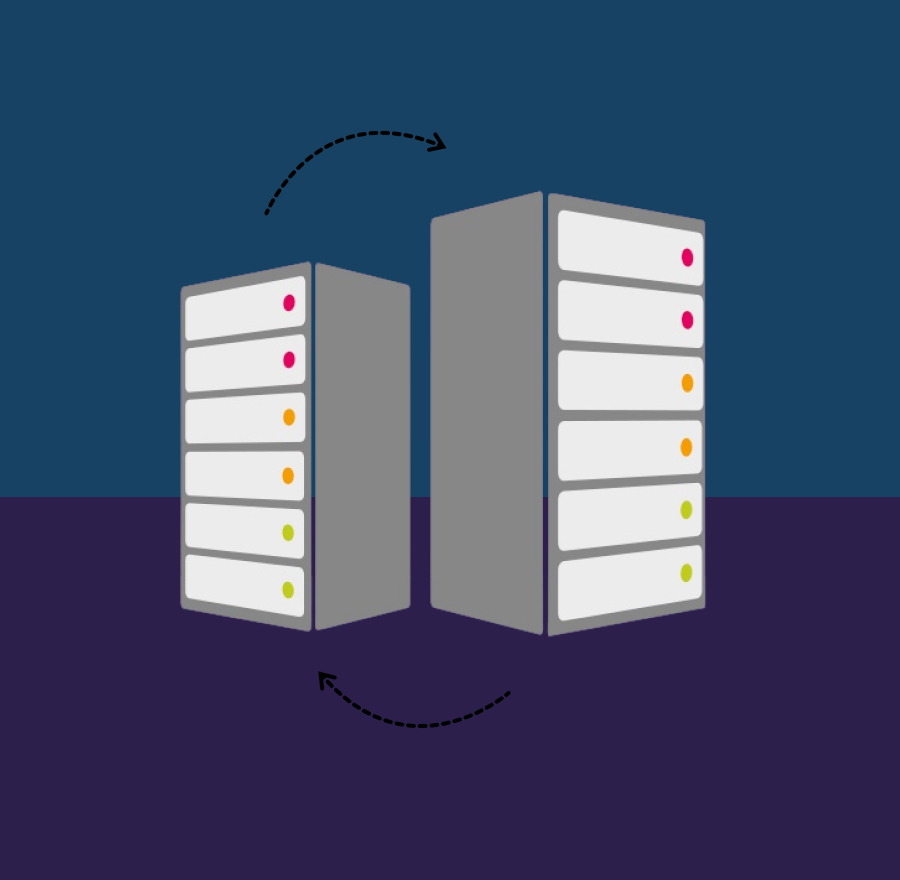Description
About the service
Server migration is the intricate process of moving data, applications, and services from one server or data center to another. It’s a strategic and often essential operation that businesses and organizations undertake for various reasons, such as upgrading hardware, optimizing performance, enhancing security, or scaling to meet growing demands. When executed successfully, server migration can lead to improved efficiency, cost savings, and a more resilient digital infrastructure.
Key Considerations
-
- Assessment and Planning: The migration process begins with a comprehensive evaluation of the existing server environment. This includes identifying the data, applications, and services to be migrated, as well as understanding their dependencies and requirements. A well-defined migration plan is essential to minimize downtime and prevent data loss.
- Data Transfer: Data migration is one of the most critical aspects of server migration. This involves transferring files, databases, configurations, and other data from the source server to the target server. Data must be preserved accurately and securely to ensure business continuity.
- Testing: Rigorous testing is essential to verify that all migrated applications and services function as intended in the new environment. This phase includes compatibility testing, load testing, and functionality testing to identify and address any issues.
- Downtime Minimization: Minimizing downtime is a key objective in server migration. This is often achieved through careful planning, utilizing techniques like data replication, and transitioning services gradually to minimize the impact on users.
- Documentation: Comprehensive documentation is vital to ensure the success of server migration. This includes keeping records of configurations, migration processes, and testing outcomes for future reference.










